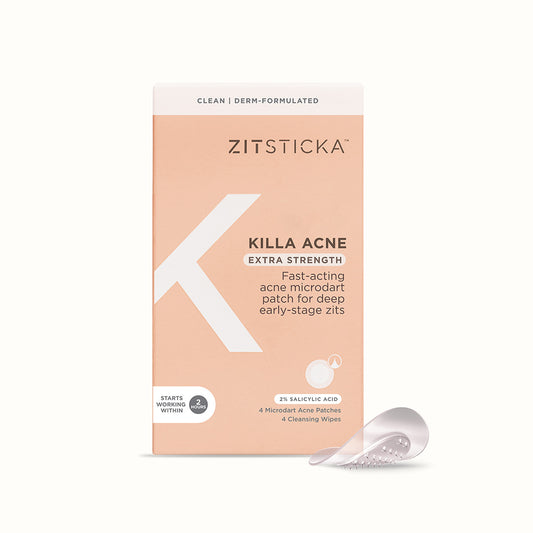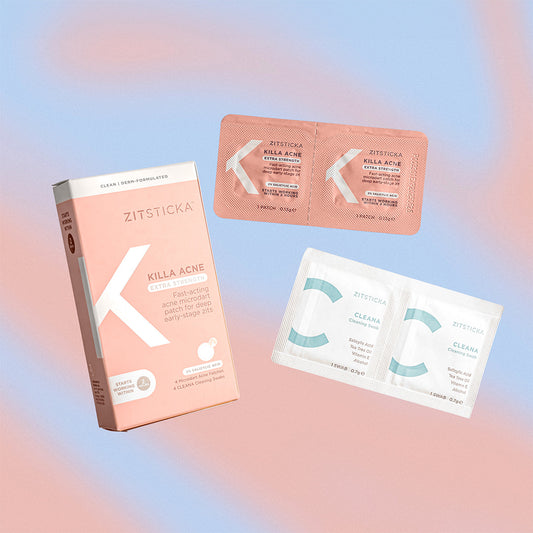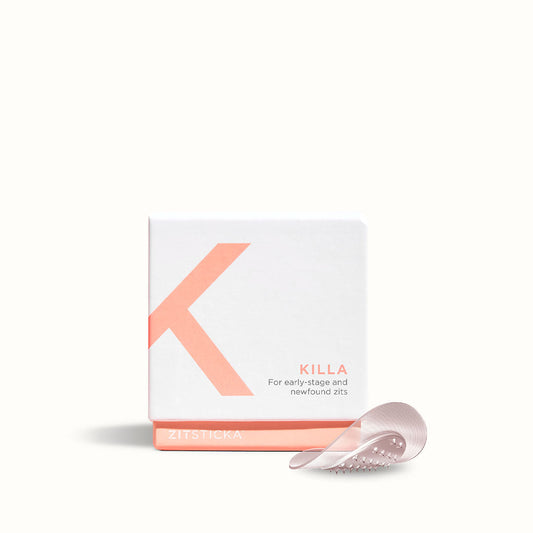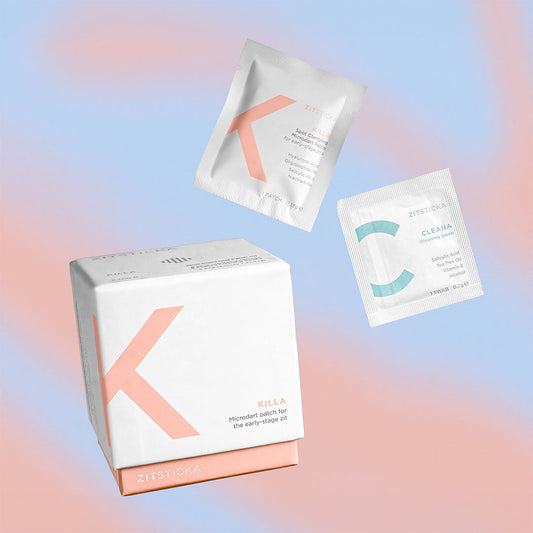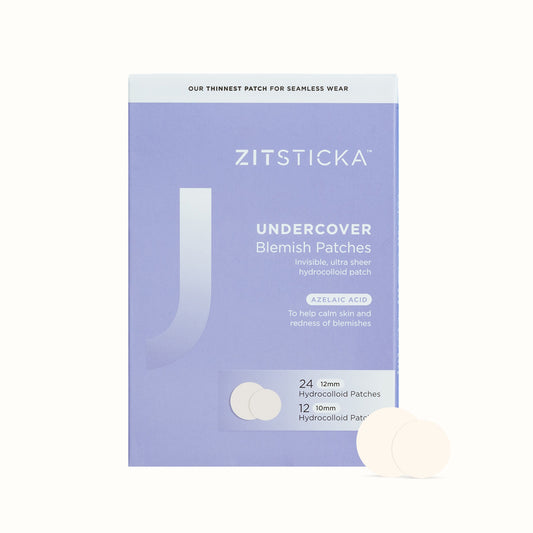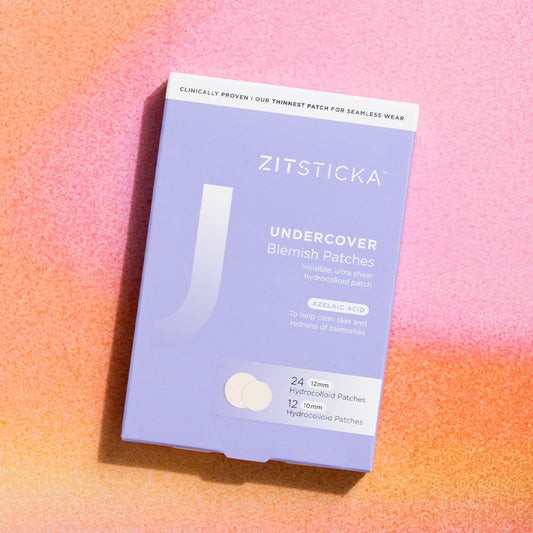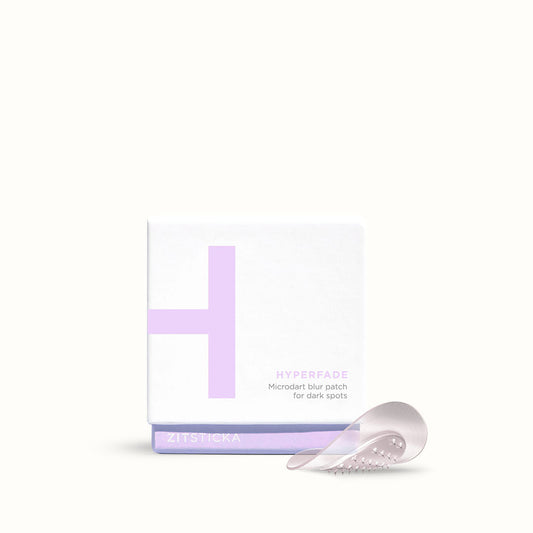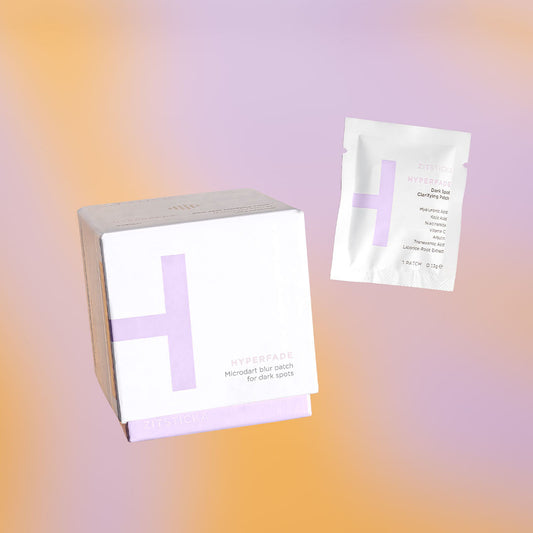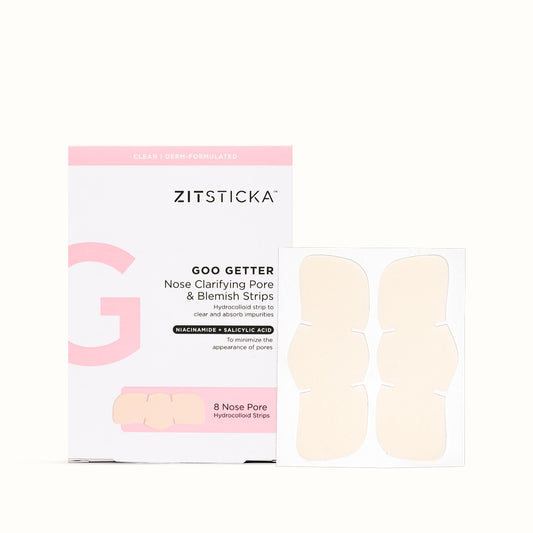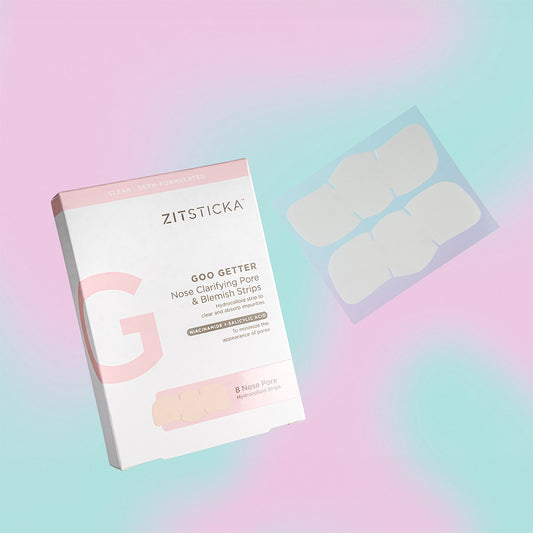By: Lauren White
As is true with a good many things, when it comes to sun damage caused from not wearing sunscreen every day (we’re talking 365; summer, winter, rain or shine!), looks can be deceiving. For anyone that’s had the harrowing experience of seeing what their face looks like through the unforgiving lens of an ultraviolet camera, you’ll know what I mean. For everyone else, there’s this video. Ultraviolet cameras give a close-up look at the effects of sun damage that lies beneath the skin—the unseen effects of years of sun exposure.
There’s a smorgasbord of consequences for not being vigilant with sunscreen, ranging from the invisible to the aesthetic to, yes, the C word. They include:
Hyperpigmentation
Hyperpigmentation is caused when melanin—a.k.a what gives hair and skin color—is overproduced in certain spots on the skin, causing them to appear darker than the rest of the skin. While there are a few common causes of hyperpigmentation—among them birth control hormones, pregnancy and post-inflammatory hyperpigmentation from pimples and insect bites—one of the biggest risk factors is sun exposure. When it comes to hyperpigmentation caused by the sun, both UVB and UVA rays can be blamed.
Photoaging
It should come as no great surprise that regular sunscreen use has been proven to protect against photoaging: the wrinkling, spotting and loss of elasticity caused by exposure to the sun's ultraviolet radiation. Skipping on sunscreen damages your skin’s collagen and connective tissue, which leads to a loss of elasticity and an increase in wrinkles.
Skin cancer
Over the past 30 years, according to the Skin Cancer Foundation, “more people have had skin cancer than all other cancers combined.” There’s a dose-response relationship—the more sunburns you have in your life, the higher the risk of skin cancers. Do you know one of the easiest and best ways of preventing skin cancer-causing ultraviolet rays from making contact with your skin? Regularly applying a broad-spectrum sunscreen with an SPF count higher than 30.
OKAY! I’m sufficiently spooked! Should I just, like, never leave the house again.
Don’t forget that UVA rays can penetrate through glass, so even if you were to stay at home for the rest of eternity, you’re not 100% in the clear. Just joking! (Kind of). You can defs leave the house, or sit by the window if you choose not to, but you’ll want to arm yourself with a couple of products that protect you from the big ball of fire, and fight off sun damage, before you do.
Say to hi your new sunsafe duo
MEGASHADE: First up is our latest skincare baby that does the work of a heavyweight, comprehensive SPF50+ sunscreen, feels like a lightweight serum, acts as a primer for makeup, and is formulated to help banish breakouts. Welp—what a resume! MEGASHADE protects against both UVA and UVB rays (a little ultraviolet refresher here if you need it), and came to be dubbed ‘mega’ since it combines the best of both chemical and mineral sunscreens. While mineral SPF forms a ‘reflective barrier’ on top of the skin, the chemical SPF forms an ‘absorbing barrier’ within the skin. If a UV ray was to slip past the mineral barrier—i.e. if it was rubbed off—the chemical barrier steps in to absorb the ray and turn it into heat. Put simply, MEGASHADE protects against hyperpigmentation, premature ageing and skincare.
BLUR POTION: Next in the arsenal is this delightful concoction of clinically-proven ingredients that help to reduce sun spots and melasma within 12 weeks (cherry on top: it also helps to fade post-zit dark spots). Among other antioxidants, the lil’ pill—intended to be popped once daily—includes grape seed extract, a powerful plant that lightens UV-induced hyperpigmentation while making you look dewy AF; vitamin A, which accelerates cell turnover and helps to reduce sensitivity to UV damage; and vitamin E, which blocks pigment production while restoring elasticity and bounce. Not only can it repair long-standing, pre-existing cases of sun damage, it also serves as a preventative filter against future discoloration and sun damage. The result? Offensively luminous and dewy skin.
Want to learn more about the best ingredients for fading dark spots and discoloration? Click here to get! In! The know! STAT!
Header image: Constanza Concha

